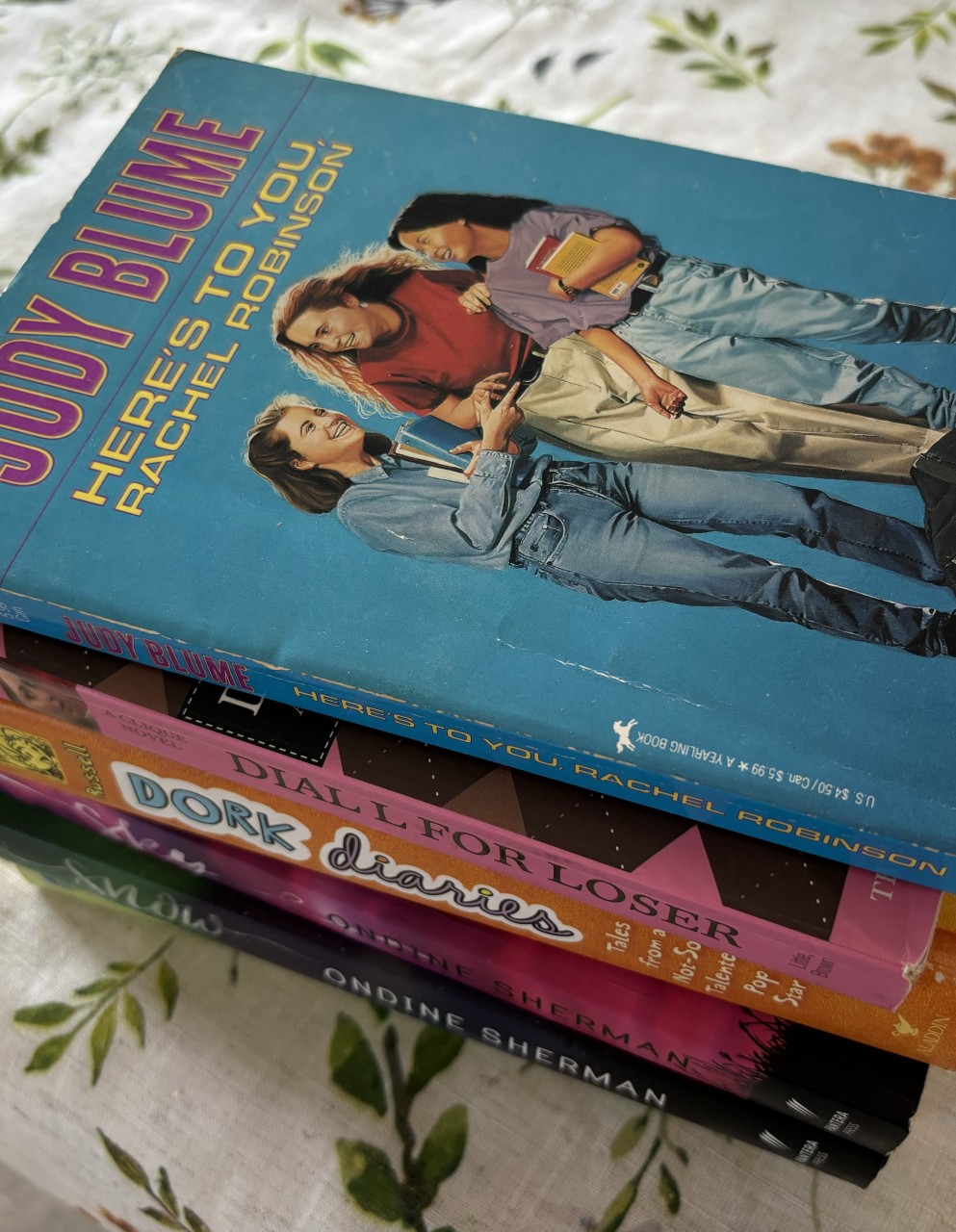Navigating the Editing Process: Middle Grade vs. Adult Fiction
Middle-grade fiction often features a clear and accessible writing style that draws readers in from the first page.
As an editor, delving into the world of fiction requires not only a keen eye for detail but also an understanding of the unique nuances that come with different genres and age groups. Whether you're editing middle-grade or adult fiction, each presents its own set of challenges and considerations. In this post, we'll explore some key differences in editing these two categories and offer tips for navigating the editing process effectively.
- Understanding the Audience: Middle-grade fiction is typically aimed at readers aged 8-12, while adult fiction caters to a more mature audience. When editing middle-grade fiction, it's essential to keep language and content age-appropriate, ensuring that the story resonates with young readers without talking down to them. In contrast, adult fiction allows for more complexity and depth in themes and language, catering to readers who seek sophisticated storytelling.
- Character Development: In middle-grade fiction, protagonists are often around the same age as the target audience, allowing young readers to relate to their experiences and challenges. Editors should focus on ensuring that characters are authentic and engaging, with clear motivations and growth throughout the story. In adult fiction, characters may span a wider age range and face more complex internal conflicts, requiring nuanced development and depth.
- Pacing and Plotting: Middle-grade fiction typically features fast-paced plots with straightforward narratives to keep young readers engaged. Editors should pay attention to pacing, ensuring that the story moves at a brisk pace while allowing room for character development and emotional depth. In adult fiction, pacing can vary more widely, with a focus on intricate plot twists, multiple storylines, and thematic exploration. Editors should work closely with authors to maintain momentum while avoiding unnecessary tangents.
- Themes and Tone: Middle-grade fiction often explores themes of friendship, family, and identity in a lighthearted and uplifting manner. Editors should ensure that the tone remains appropriate for a younger audience, balancing humor with moments of sincerity and reflection. In adult fiction, themes can be more complex and nuanced, tackling issues such as love, loss, and existential questions. Editors should help authors strike the right tone to resonate with adult readers while staying true to the heart of the story.
- Voice and Style: Middle-grade fiction often features a clear and accessible writing style that draws readers in from the first page. Editors should work with authors to refine voice and tone, ensuring that the narrative is engaging and age-appropriate. In adult fiction, authors have more flexibility to experiment with style and voice, allowing for greater creativity and expression. Editors should encourage authors to find their unique voice while maintaining consistency and coherence throughout the manuscript.
In conclusion, editing middle-grade and adult fiction requires a nuanced understanding of the target audience, themes, and storytelling conventions. By recognizing the unique characteristics of each genre and age group, editors can effectively collaborate with authors to polish their manuscripts and bring their stories to life. Whether you're editing a whimsical middle-grade adventure or a thought-provoking adult novel, the key is to approach each project with care, attention to detail, and a passion for storytelling.
When you subscribe to the blog, we will send you an e-mail when there are new updates on the site so you wouldn't miss them.


Comments